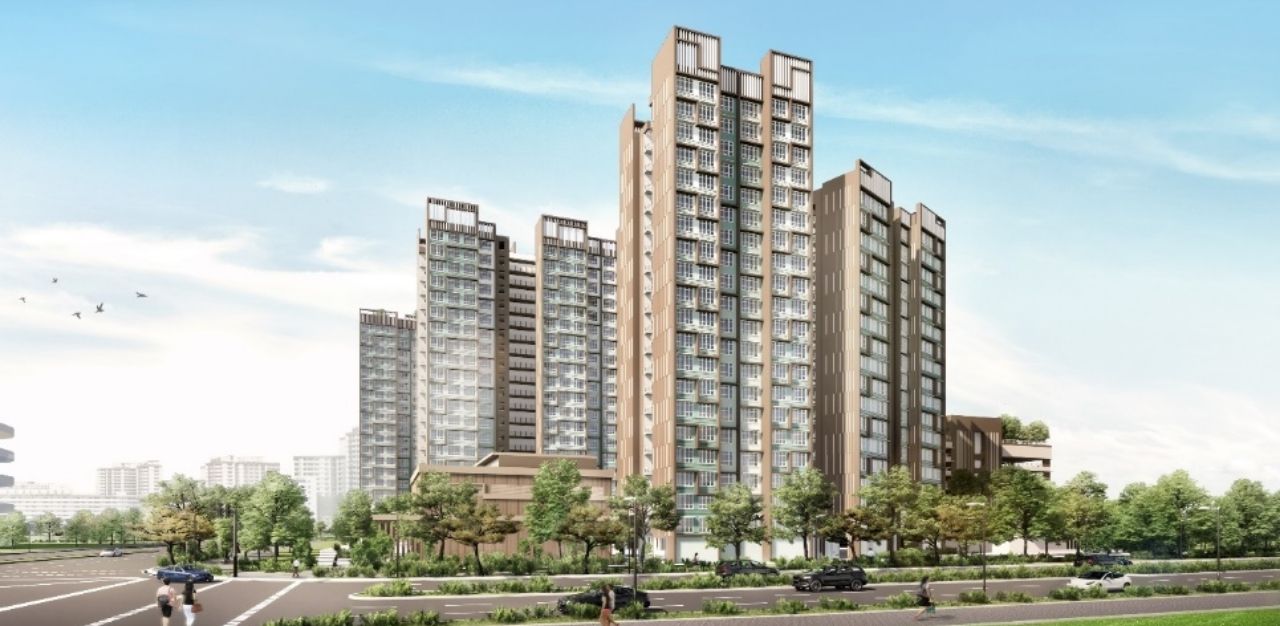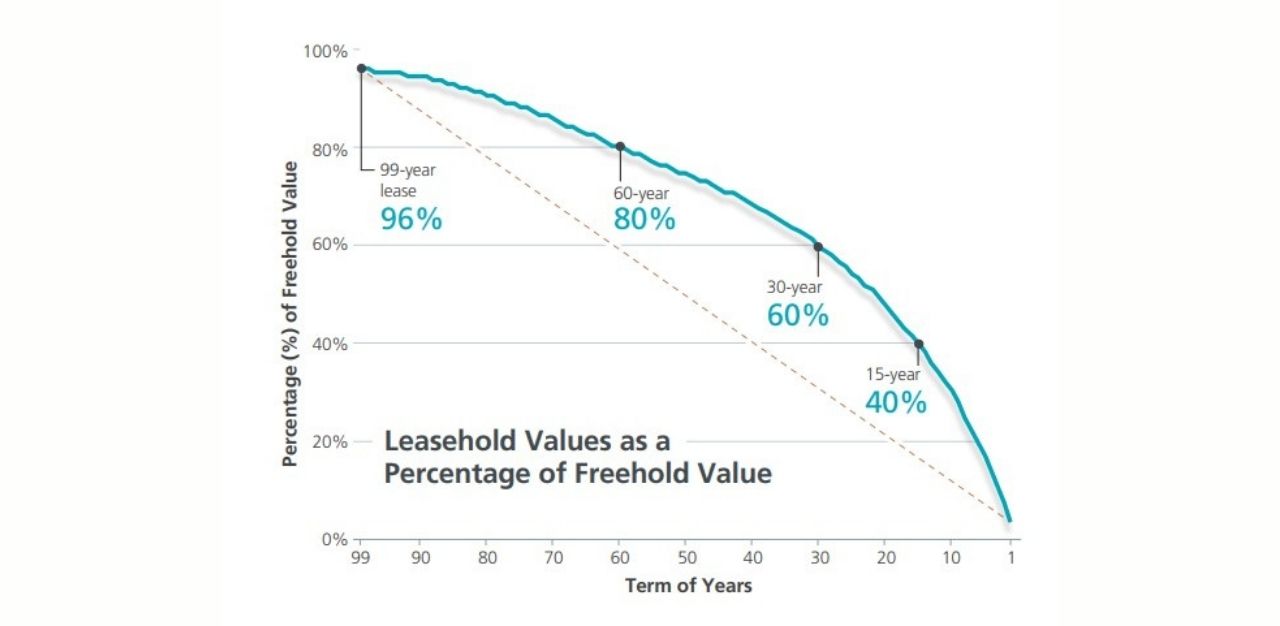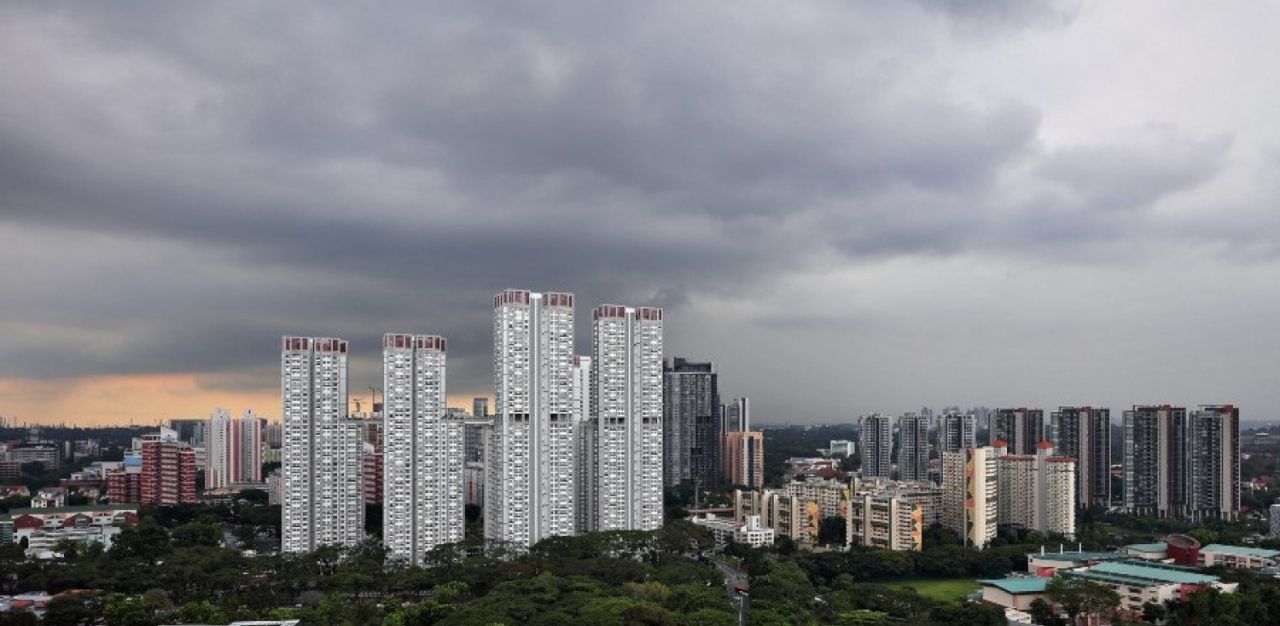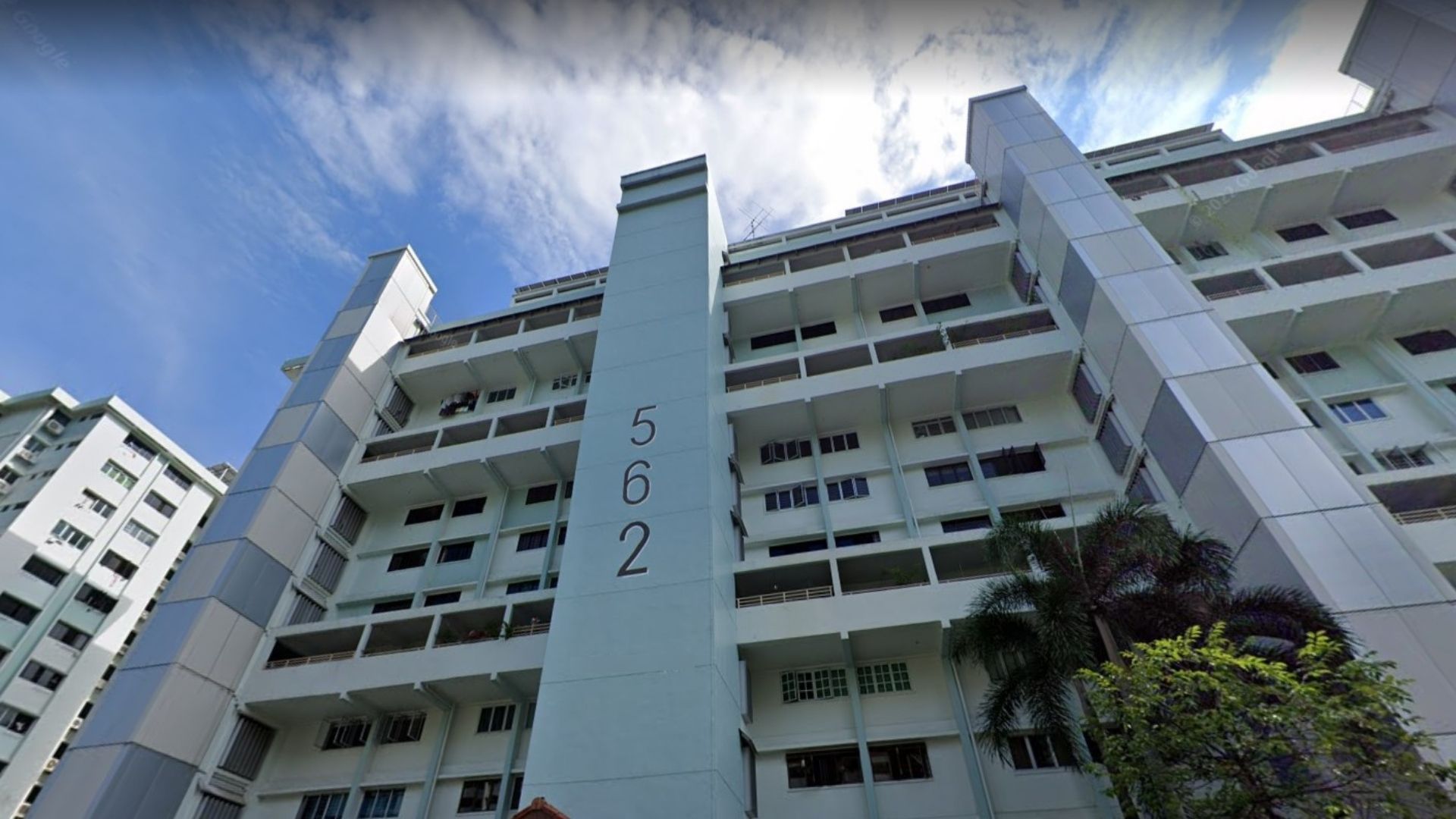It has been a question on everyone’s mind: Will my HDB flat be worth nothing one day?
It was in April 2022 that residents living in Blocks 562 to 565 at Ang Mo Kio Avenue 3, comprising 606 units of mainly 3-room and 4-room flats, will have their properties sold back to the government at a market value determined by a private valuer appointed by HDB under the Selective En-bloc Redevelopment Scheme (SERS).
What this means is that they will be offered to buy and move into newly-constructed HDB flats, ranging from 2-room flexi to 4-room units, at Ang Mo Kio Drive. This is the first SERS project in nearly four years.
But in June, some Ang Mo Kio residents were dismayed when they found out the need to top-up more than $100,000 for similar-sized SERS replacement units and HDB told main daily The Straits Times that while it understands the concerns, “especially from seniors who have informed us that they do not need the fresh 99-year lease”, the board said it is exploring options, without elaborating on what they are.
It was only this month that the board revealed its hand: The residents above the age of 55 in the SERS project were offered a ‘50 year’ lease option. When the SERS announcement was made, about 540 flat owners in the Ang Mo Kio development targeted for SERS were aged 45 and above. It threw a curveball into their retirement plans and savings. It is no wonder the new 50-year lease option is likely to be taken up.
This offering by the HDB, however, also brings about many new questions as Singapore navigates her future housing needs.
The 99-year clock is ticking
In his 2018 National Day Rally, Prime Minister Lee Hsien Loong spoke on the need for HDB flats to be “returned to the state” after its tenure, so that the Government can continually rejuvenate public housing for future generations.
A 99-year lease means a flat can be handed down only to one or two generations before it must be returned to the state. But if flats were to be sold as a freehold property, the Government would eventually run out of land to build new ones for future generations, PM Lee said.
In 1995, SERS was introduced as a mandatory government acquisition of selected HDB developments to re-develop selected land parcels into newer estates. Residents of older estates affected by the scheme were given the options of either a compensation package or a selected flat with a renewed 99-year lease within a new development.
Since its inception, about 41,000 households across 78 SERS projects have been completed, with three projects underway.
While there are other schemes that offer shorter leases, such as the Fresh Start Housing Scheme and the Short-lease 2-room Flexi Flat, the Ang Mo Kio SERS project is the first where a newly developed flat is given a shorter lease than the staple 99-years offered to a wider demographic.

This has, perhaps, left the market in a flux on how the new offering will affect the resale market of the development once its 5-year Minimum Occupation Period (MOP) is met.
Member of Parliament (MP) Nadia Ahmad Samdin raised concerns over mixed leases in the future development affecting valuations in the House on Monday.
“In the future, this estate may pose a curious mix of flats with varying leases, potentially creating price distortions in the market. I would like to ask if HDB has considered these implications,” said Ms Nadia in Parliament.
When asked by TheHomeGround Asia about these concerns, Senior Director of Research from Huttons Asia Lee Sze Teck said, ”The 50-year lease flats also pose a challenge to the 99-year lease flats in the same neighbourhood. The resale price of the 50-year lease flats will be lower and may be used inadvertently by some DIY buyers as a benchmark for the value of the 99-year lease flats. ”
“Residents who opt for a 50-year lease may find themselves in a bind when they want to cash out in the future. They may not be able to opt for lease buyback as there may not be extra years to sell to HDB. In the open market, the pool of buyers is limited as the usage of CPF monies is restricted and that affects the resale value. If residents wish to bequeath to their children, they should opt for the 99-year lease flats,” he added.
However, opinions vary on the impact a 50-year lease will have on resale prices.
“Generally, we do not anticipate that the 50-year lease flats will significantly affect resale prices of 99-year lease flats in the project, as the flats’ valuation would reflect the remaining lease accordingly at the point of resale and take into consideration the prevailing market conditions,” said Head of Research and Content of PropNex Realty Wong Siew Ying.
“We believe that these additional options offer more flexibility to eligible flat owners involved in SERS and that the options do not stray from public housing being a home for life for Singaporeans. For instance, the 50-year lease option will be able to last the owners till they are at least 95 years old,” she added.
Ms Nadia, whose constituency includes the Ang Mo Kio SERS project, raised the possibility of waiving or deferring the payment of a resale levy and urged for “equitable outcomes” in the development.
Addressing these concerns National Development Minister Desmond Lee said the shorter lease options are “consistent with the key principle that the length of the remaining term of a flat has an effect on its market value”.
On the mechanism of depreciation of HDB flats, Hutton Asia’s Mr Lee said, “Residents may notice that the price of a 50-year lease flat is not half the value of a 99-year lease flat. It is not a straight line basis to value the remaining lease term. Generally we will start to see a steeper decline in HDB flat’s value when the lease remaining hits 35 years. The drop is greater once there is less than 30 years lease left.”

Minister Lee also highlighted how the current SERS project stands out from previous one as the balance lease was less. “Looking ahead, the flats involved in future SERS exercises are also likely to be older, with shorter remaining terms, and these needs may arise too. A 50-year lease flat would be more affordable and the lease term is about the same as the balance lease of their current flat,” he said.
Testing the waters
Launched in 2018, the Voluntary Early Redevelopment Scheme (VERS) allows homeowners in selected precincts to vote to return their HDB flats to the government for redevelopment.
As things stand, the policies and implementations concerning VERS are not fully fleshed out by the authorities and no flats are eligible for the scheme, which targets flats over 70-years, require an 80 per cent vote for the eligible units, and offer less compensation than its SERS counterpart.
Huttons Asia’s Mr Lee points out that the new policies rolled out in the current SERS Ang Mo Kio project could be a test bed for future VERS projects.

“As the nation’s stock of flats gets older and lease decay starts to set in, the situation faced by the Ang Mo Kio residents will become common. The new policy for SERS can be seen as an initial trial to gauge acceptance level before being used for VERS. VERS residents will find themselves in the same situation and it is important to get the policy for VERS right to get it off to a flying start,” he said.
Apart from VERS, the new 50 year lease offering could signal an expanded approach of policies in the HDB’s arsenal as more flats and estates enter the phase for redevelopment.
“HDB can be bolder in the next review of this policy, be it for SERS or VERS. They can consider extending the 2-room flexi-lease model to 3-room and larger flats. Buyers can opt for a lease in a 5-year block as long as it covers the youngest buyer to the age of 95. HDB can also consider lease top up options for VERS as well,” said Mr Lee.
Minister Lee had said that the new housing options made available to the SERS in Ang Mo Kio will be extended to a similar exercise currently in Marsiling and future acquisitions under the scheme.
As the concerns in the latest edition of the SERS in Ang Mo Kio are being ironed out, the new policies and the reactions of residents sets a precedent on how the government will address the ageing leases of HDB flats in Singapore.
The wider public will have its eyes set on this central portion of the island as it redefines Singapore’s perspectives on home ownership.
RELATED: Unwrapped: Is SERS what it is made out to be?
Join the conversations on TheHomeGround Asia’s Facebook and Instagram, and get the latest updates via Telegram.




























